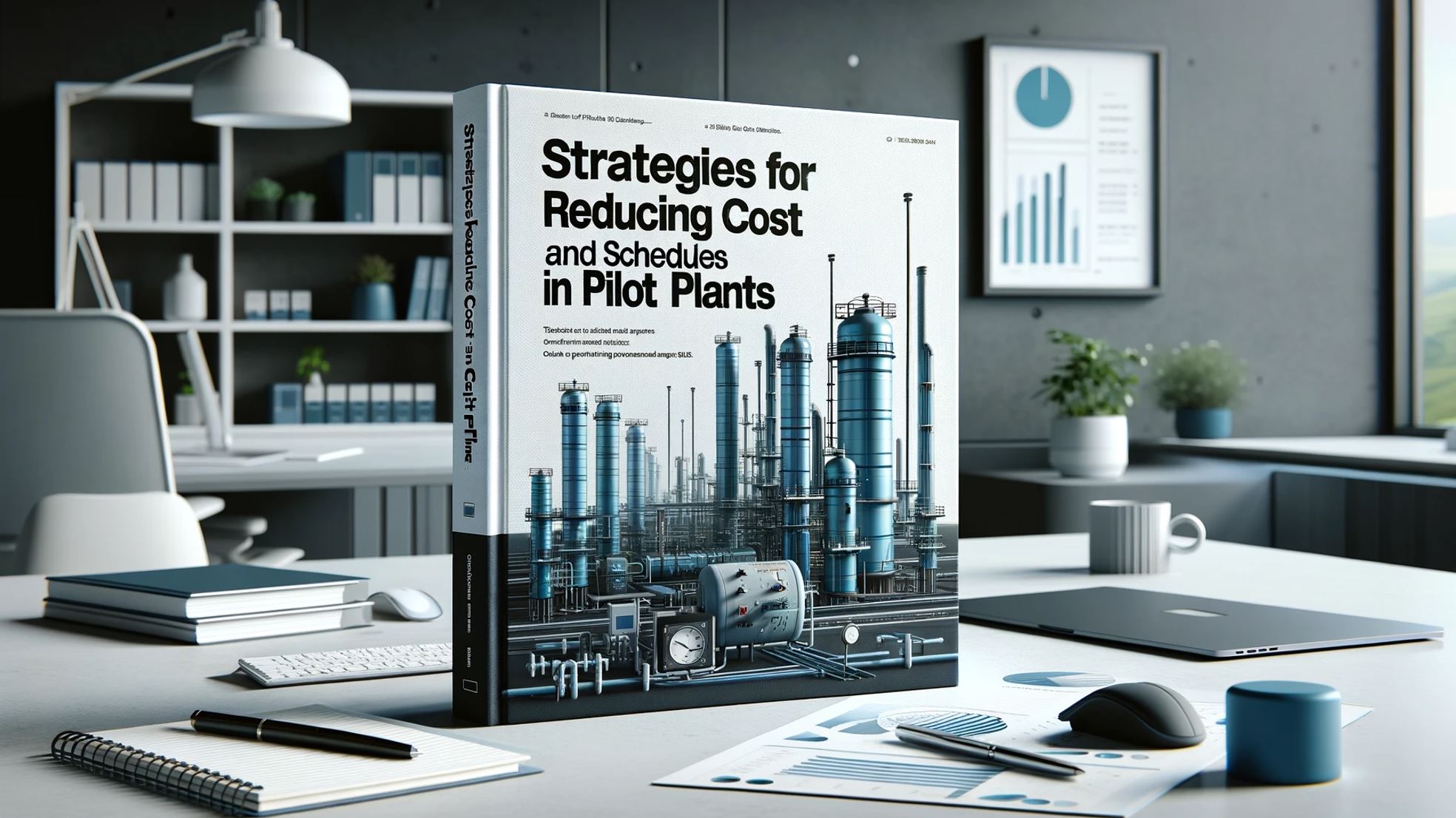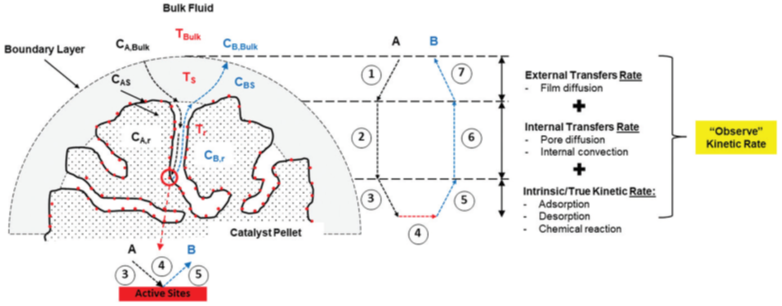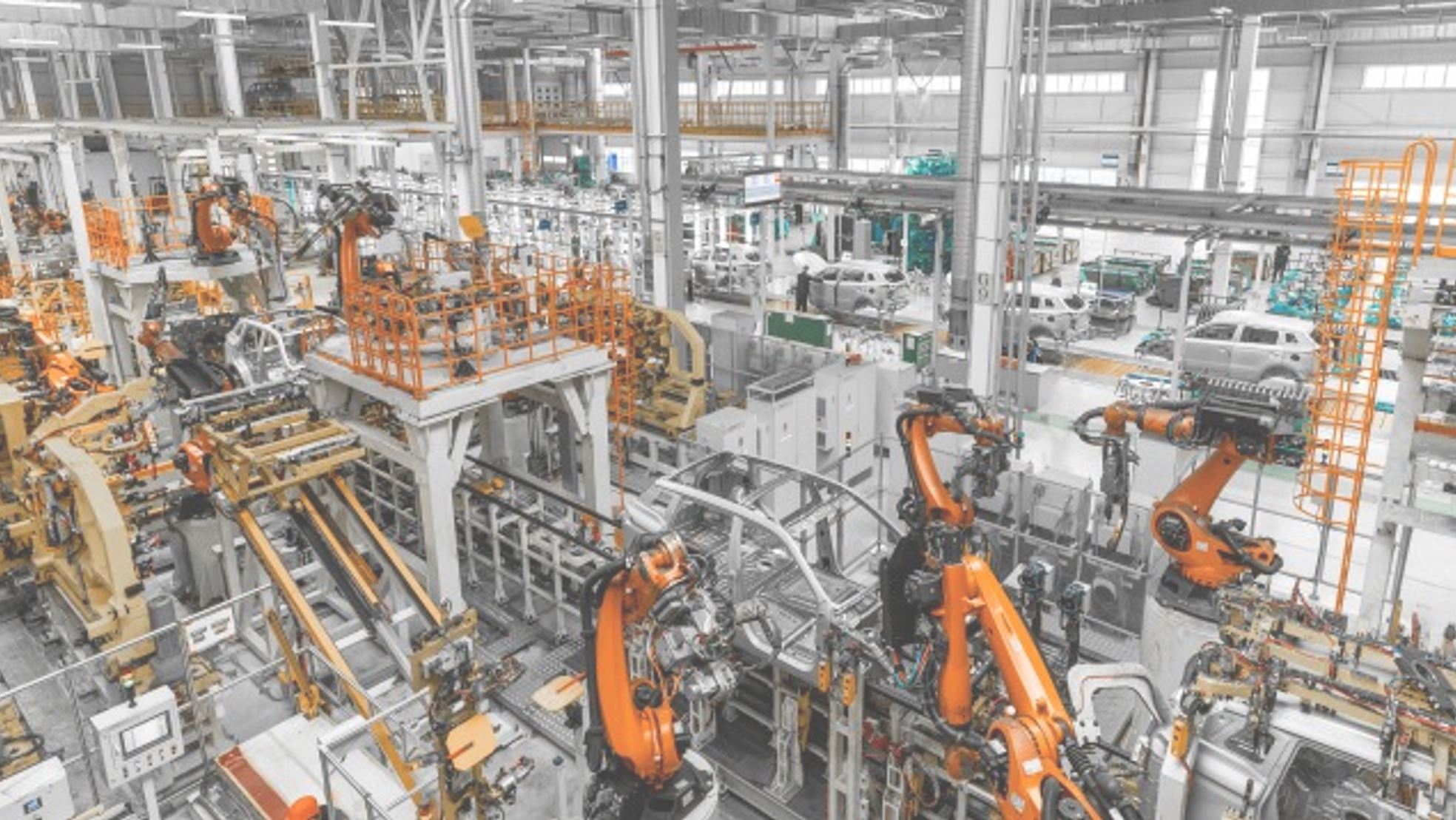Reducing capital costs and schedules in pilot and demonstration plants is crucial for the successful translation of research into scalable, commercial technologies. These strategies encompass a range of approaches, from design and construction to operation and management, each contributing to cost efficiency while maintaining the integrity and objectives of the project.
Strategy 1: Modular Design and Construction
Modular design in the context of pilot plants involves creating the plant’s components in separate, prefabricated modules which are then transported to the site and assembled. It’s based on the idea of constructing complex systems from smaller, self-contained units (modules) that can be independently created and then integrated. The advantages can explore several benefits such as:
- Modules can be easily added, removed, or reconfigured, allowing for scalable designs that can adapt to changing research needs or scale-up requirements.
- It typically requires less extensive site preparation. There’s minimal disruption to existing operations, which is particularly beneficial in congested or sensitive areas.
Modular pilot plant is typically constructed in “specialized shop”. It is more efficient, safe, and produces better quality work compared to field construction. In shops, there is easier access, reducing injuries. Safety is also enhanced due to the absence of hazardous materials near the work area, minimizing risks like fires, explosions, or spills. Indoor construction of modules is not affected by weather, leading to fewer delays and consistent work quality. Additionally, the close availability of specialty equipment in shops aids proper assembly. Inspections are simpler and more routine in shop conditions, contributing to the overall better quality of the final product.
Strategy 2: Right Sizing of Pilot Plant
The concept of “scale-up” is frequently used in various industries. “The scale-up ratio refers to the proportional increase” in size or capacity of a system, process, or equipment while maintaining its key characteristics and functionalities:
“Golden Rule: Optimum scale-up ratio (right sizing)” = the minimum pilot plant size that can still represent key controlling phenomena inside commercial size (pilot plant as scale-down from commercial plant)
The advantages of Right-sizing can explore several benefits such as:
- Ensuring that investment is proportionate to the project’s requirements, avoiding unnecessary spending on unused capacity.
- Minimize high operational costs, including energy, maintenance, and staffing.
- Small pilot plants represent a lower financial commitment and risk, which is particularly important for new or experimental technologies.
- Be easier to manage and control, reducing the risk of operational inefficiencies and technical issues.
- The environmental impact of a right-sized plant is typically lower, due to reduced waste production.
Strategy 3: Using “Good” or “Fair” Material and Equipment Selection
Building a pilot plant, material selection can be a key area for cost savings. Instead of automatically opting for materials with the highest performance ratings, you might consider using materials rated as “good” or “fair.” This decision depends on the specifics of your process and the intended operational duration of the pilot plant.
The advantages can explore several benefits such as:
- Selecting good or fair quality items can provide a balance between cost and functionality.
- Good or fair quality materials and equipment can adequately meet the operational requirements of a pilot plant without the additional cost of top-tier options.
- Good or fair quality equipment might offer more flexibility for modifications or adaptations (processes are often adjusted or scaled up/down)
- Materials and equipment can often be more readily available and easier to replace or repair, minimizing downtime in case of failures.
- Good or fair quality items might be more appropriate for the expected lifecycle of the project (not intended for long-term use).
Strategy 4: Using Shared or Partner Facilities
The strategy for cost reduction involves leveraging existing facilities owned by other organizations, rather than investing in new, dedicated infrastructure. The advantages can explore several benefits such as:
- Utilizing shared facilities drastically reduces the initial capital investment. Organizations can avoid the cost of building infrastructure that already exists elsewhere, effectively preventing resource duplication.
- They often come with access to expert advice and technical know-how, offering a level of expertise that can enhance the quality and efficiency of the research and development process.
- Working in a shared environment supports networking opportunities and potential collaborations, leading to knowledge exchange, joint ventures, or collaborative research projects (cross-sector learning).
- The financial and operational risks associated with running a pilot plant are shared among all partners.
- Projects operating within shared or partner facilities may be more attractive to funders, as they demonstrate collaboration and efficient use of resources.
- Some shared facilities may have access to grants, subsidies, or other funding opportunities that individual organizations might not qualify for on their own.
Strategy 5: Balancing Measured Parameters
Over-instrumentation can be costly. The plant can avoid investing in a wide array of measurement devices, leading to savings in equipment purchase and maintenance. It’s important to distinguish between critical measurements “need to know” and those that are simply “nice to know.” The benefits are numerous and significantly impact both operational efficiency and cost-effectiveness. Here are the key benefits:
- Prioritize data collection and analysis processes lead to lower operational costs in terms of labor, maintenance, laboratory charge, and data management (reduced operational costs)
- Avoid unnecessary investments in instrumentation and monitoring equipment (reduced capital costs)
Strategy 6: Proper Pilot Plant Location
A strategically chosen location can offer reduced construction and setup costs, especially in areas with existing infrastructure and resource availability. Operational efficiency is also impacted by factors such as utility costs, labor market conditions, and transportation logistics. Proximity to key markets or partners can minimize logistical expenses, while a favorable regulatory and tax environment can provide financial incentives. the detail can be found on “https://www.linkedin.com/pulse/19-make-perfect-where-should-you-set-up-your-plant-bamrung-sungnoen-5zzac“
Strategy 7: Modellings and Simulations
Tools enable precise and efficient design, allowing for the optimization of layouts and processes before physical construction, significantly reducing the likelihood of costly design errors. They facilitate predictive analysis and process optimization, leading to more efficient operations and accurate cost forecasting. By simulating various operational scenarios, these technologies aid in risk mitigation and enhance safety, while ensuring compliance with regulatory standards. Here are some of key benefits:
- Provides precise design capabilities, minimizing errors and ensuring that every aspect of the plant is optimally designed from the outset.
- Enable rapid prototyping and iterative design, significantly speeding up the development process and reducing the time and cost.
- Allow for the testing and optimization of various operational scenarios, helping to identify the most efficient and cost-effective processes.
- Aid in implementing preventive measures, reducing the likelihood of costly accidents and downtimes.
- Assists in selecting the most appropriate and cost-effective materials, helping to minimize waste and reduce construction and operational costs.
- Ensure that the plant meets industry standards and regulatory requirements.
- Select critical design of experiment (DOE), reducing iterative testing without scientific background.
Strategy 8: Government Grants and Incentives
Government grants and incentives provide financial assistance, reducing the need for extensive capital investment from the organization’s resources. The advantages can explore several benefits such as:
- Grants and incentives can provide significant direct financial support, reducing the need for capital from internal sources or loans.
- Some incentives are designed to offset costs, such as tax credits or research and development tax reliefs.
- Securing government grants can enhance the project’s credibility, making it more attractive to other investors or partners.
- Government-funded projects often encourage or require collaboration between different organizations, such as research institutions, leading to shared expertise, resources, etc.
- Some grants provide access to specialized resources, like research facilities or expert consultancy, which might be otherwise inaccessible.
Key takeaways
- Strategy 1 – Modular Design and Construction: reduces construction time and costs with pre-fabricated modules
- Strategy 2 – Right Sizing of Pilot Plant: ensures that the facility is neither overbuilt nor underutilized, optimizing both investment and operational costs.
- Strategy 3 – Using “Good” or “Fair” Material and Equipment Selection: ensures that materials and equipment meet necessary performance standards without unnecessary expenditures
- Strategy 4 – Using Shared or Partner Facilities: cuts down initial investment, provides access to high-quality resources, and fosters collaboration and cost-sharing opportunities.
- Strategy 5 – Balancing Measured Parameters: reduces complexity and cost related to data management, avoiding unnecessary measurements.
- Strategy 6 – Proper Pilot Plant Location: minimizes unnecessary costs, offers potential tax benefits and favorable regulatory conditions,
- Strategy 7 – Modellings and Simulations: aid in risk reduction, and cost savings by enabling virtual testing and scenario analysis before actual construction and experimental tests.
- Strategy 8 – Government Grants and Incentives: lowers financial risks and enhances the project’s credibility, encouraging more ambitious and innovative projects by offering financial backing and support
Disclaimer:
The views and opinions expressed in this Linkedin article are solely my own and do not represent the views or opinions of my current employer. This article is a personal reflection and does not involve any proprietary or confidential information from my current company. Any similarities in ideas or concepts presented in this article to my current company’s work are purely coincidental.














